Mind
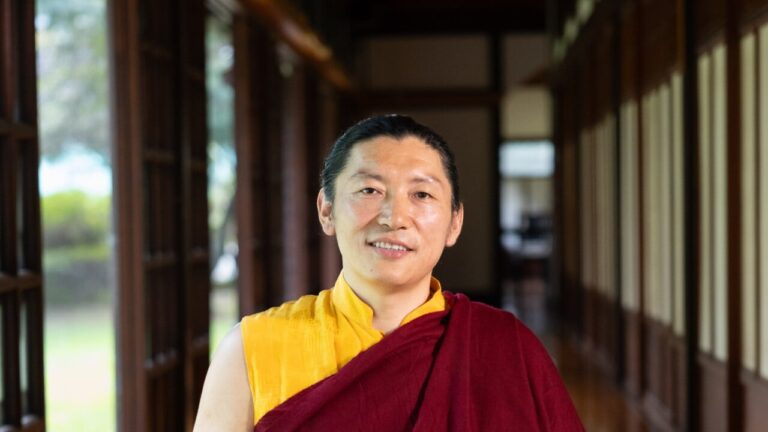
Observing My Mind
On Guru Rinpoche's Day of March 2024, Kyabgon Phakchok Rinpoche shared the pithy advice "Observing My Mind."...
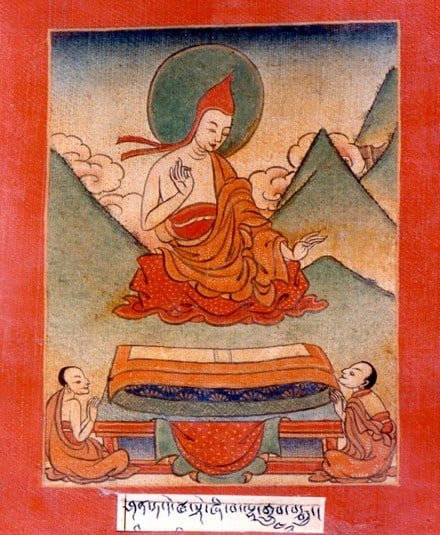
Path of Transformation» Path of Realization
The Secret of the Mind
On the auspicious Treldha Tsechu, Phakchok Rinpoche shares with us four profound verses from the 5th chapter of introspection of Shantideva's Bodhisattvacharyavattara to recall the...

Path of Realization» Path of Transformation
What can we do if we really start to panic? (Part 3 – Liberation through Feeling)
A sense of panic isn’t necessarily a bad thing. But how we deal with panic can make a huge difference. Train your mind to slowly...
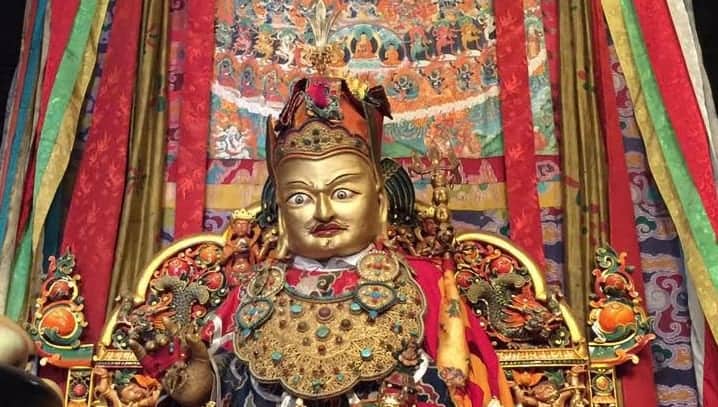
A Big Heart and a Strong Mind
My aspiration for you in this start of a new year is that you grasp the key points of practice—in particular, keeping a big heart...
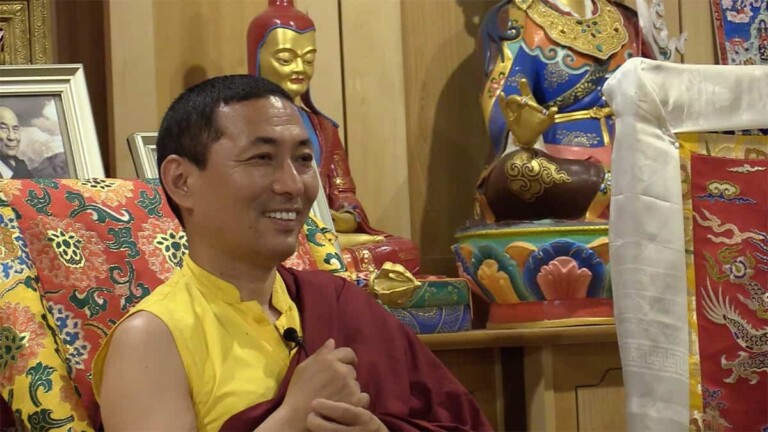
Path of Transformation
Meditation Training With Focus
"Meditation training with focus" takes many forms. As we begin to build a habit of mindfulness, we can use one or more of these techniques....
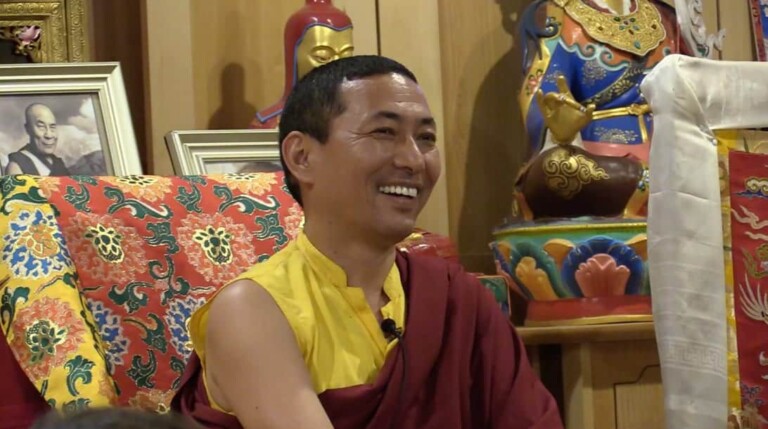
Path of Transformation
Mental Maintenance Creates Stability
"Mental Maintenance" means working with our own minds. Anxiety, depression, and stress can affect anybody. First, we need to take care of our actual physical...

Path of Realization» Path of Transformation
Practicing Dharma: Continuous Journey
When we really want to practice Dharma we wish to carry on until we die. We don't want to stop! Dharma practice is a continuous...

Path of Realization» Path of Transformation
Buddhist Science of Mind
Science of mind occupies a great deal of attention in Buddhist philosophy. This is not some new development; ancient Buddhist texts include major treatises investigating...
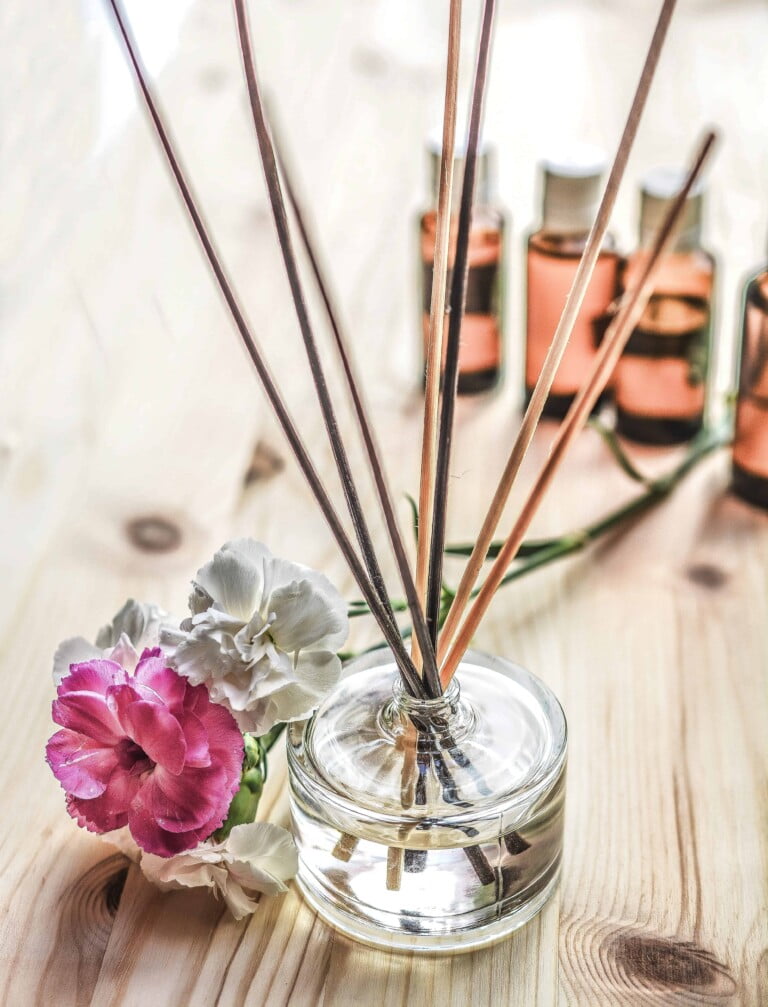
Path of Transformation
Learning Buddhadharma: The Essence
Learning Buddhadharma can be done in a number of ways. Especially in these modern times. We can go to retreats, listen to teachings, take courses,...
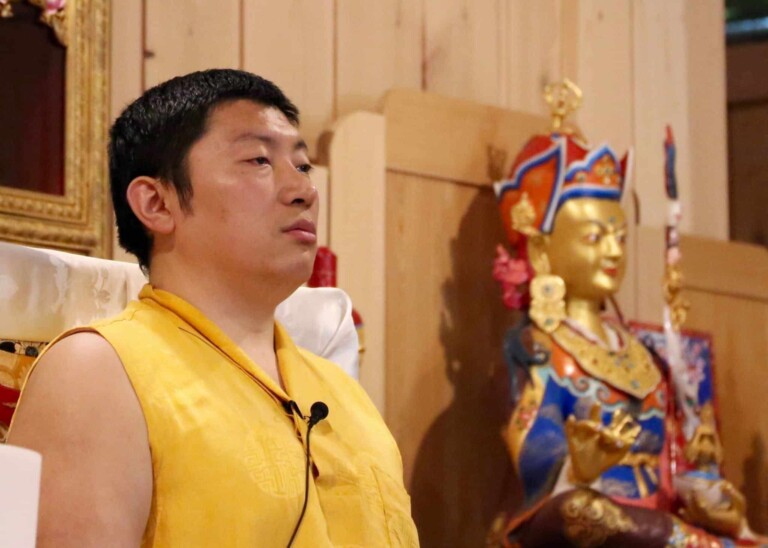
Path of Transformation
Overcoming Resistance to Meditation
Overcoming resistance means understanding our own behavior and habits. And many of us have patterns of laziness or of rebelling against rules and regulations. So,...

Path of Transformation» Radically Happy
What is Radically Happy?
What Radically Happy is in less than 90 seconds! Order your copy of Radically Happy via Amazon, Barnes & Noble, Indiebound or wherever good books are sold. Phakchok…
...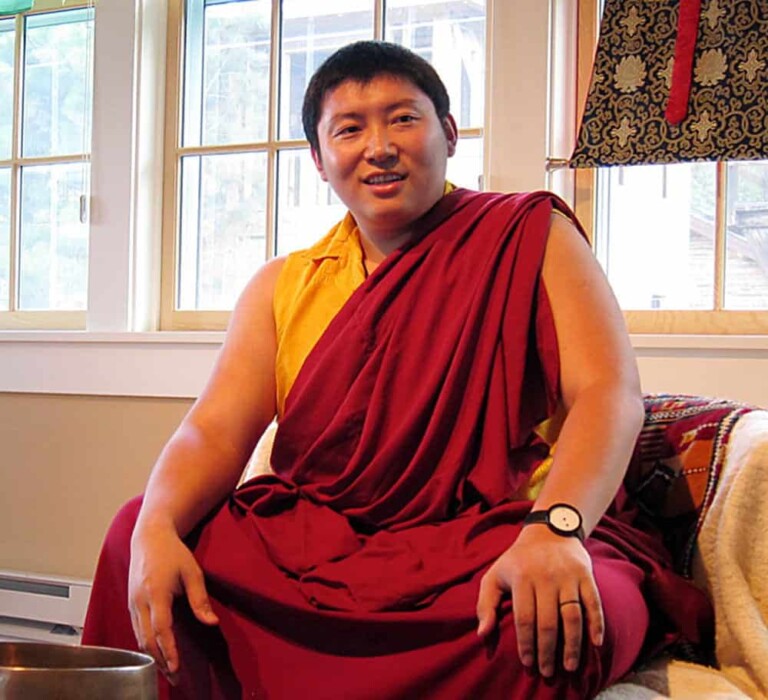
Path of Transformation
Do We Need to Meditate?
Do we need to meditate? And if so, why? Is there a real benefit from meditation? In this video teaching, Phakchok Rinpoche answers with an...

